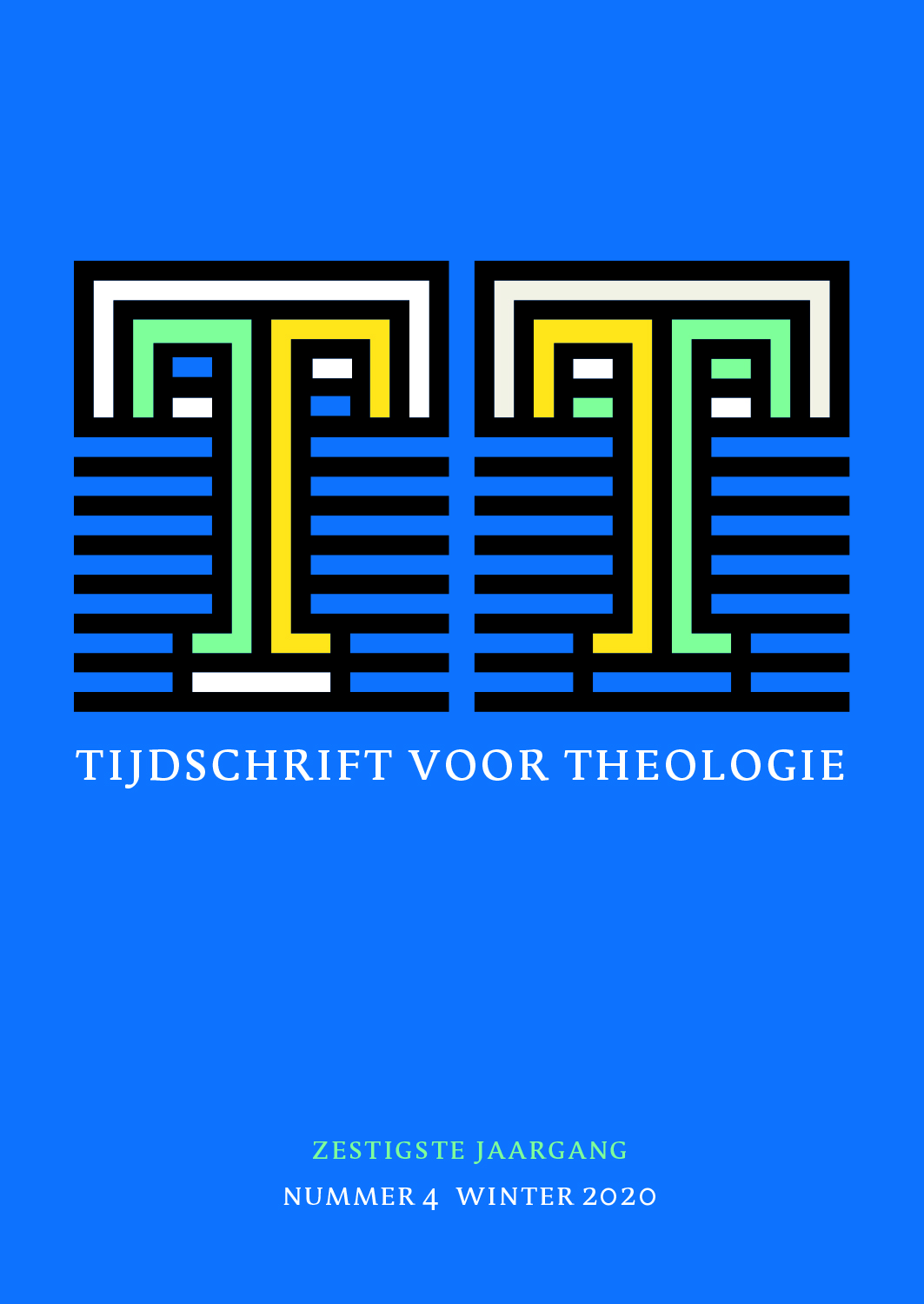 previous article in this issue previous article in this issue | next article in this issue  |

Preview first page |
Document Details : Title: Jezus in film Subtitle: Bewegend beeld, bewogen verbeelding Author(s): DE MARE, Heidi Journal: Tijdschrift voor Theologie Volume: 54 Issue: 1 Date: 2014 Pages: 23-38 DOI: 10.2143/TVT.54.1.3200468 Abstract : Iedereen heeft een beeld van Jezus. Beelden zijn te vinden in kerken, musea en kunstboeken, maar ook op televisie en internet. Schilderijen, fresco’s, prenten en tekeningen vormen een rijk en gevarieerd kunsthistorisch beeldarchief. Wie er op let, ziet dat Jezus tegenwoordig niet minder maar eerder meer zichtbaar is in de publieke sfeer. Jezus is niet uit het geseculariseerde leven verdwenen en het visuele spectrum is breder dan ooit te voren. In de moderne kunst neemt Jezus nog immer een belangrijke plaats in. Naast theater- en musicalproducties waarin Jezus in nieuwe gedaanten verschijnt, het Brick Testamentmet de evangeliën in lego, zijn er ook stripverhalen en muziekclips. Niet zelden fungeert Jezus in cartoons als middel tot bezinning op eigentijdse ethische dilemma’s, zoals de kredietcrisis of de vraag of wij voor God mogen spelen door verregaand medisch ingrijpen in menselijk leven. In our modern, secularized world, we are surrounded by images of Jesus, from classical works of art to cartoons. Films about Jesus form a special category. Theologians usually look at Jesus’ role and message in the film’s story, and compare it to the Bible as a source. Film analysis on the other hand, starts from the film itself and tries to establish how the conventional audio-visual system forms the image of Jesus and how the story as a film evokes experiences. To be able to interpret, we will first have to know what it is we are seeing. To achieve this, we need to look at the story the film tells in a less religiously charged way, by considering both the Bible and the film about Jesus as part of the same corpus of shared stories, an approach that can benefit from Wendy Donigers concept of myth. Regarding film as a modern form of mythology enables us to look with a discerning eye. For what is an image of Jesus? In the history of art, the different successive concepts of the image have determined which crucified Jesus we see. The medieval miniature that was itself part of the transcendental space (1), the early modern image as the fruit of the art of painting and the talent the painter was given by God (2), the nineteenth-century engraving in which the artist, his expression and the here and now take centre stage (3). The cinematic Jesus, seen in a darkened movie theatre, his face sometimes filling the screen and the eye of the camera sometimes taking us to places where we could never have gone as a human being, again ads a new concept of the image (4). Although life-like because of the moving images, it can never be a historically authentic Jesus. Film is fiction that ‘re-models’ our mind in the fullest sense of the word: film exists by the grace of human imagination, but it also offers a unique insight into what occupies us. After all, what is it we see in films about Jesus? Jesus is a static character, iconographically recognizable and incommutable, necessarily so because of his role as human God and deified man. Although his face is without expression, the stirrings of the soul are there. Cinematic passions are not evoking centre stage, but in the margins of the screen: hair waiving in the wind, clouds rushing by, the shifting patterns of shadow and light: visual movement as an indication of inner stirrings. Empathic moments however – occurring at moments the story comes to a halt and transcends individual actions – are usually found somewhere else in the Jesus movie: we recognize the universal emotions of those around Jesus and are touched by them. Films about Jesus show us that we cannot do without imagination – neither in film, nor in religion. |
|


